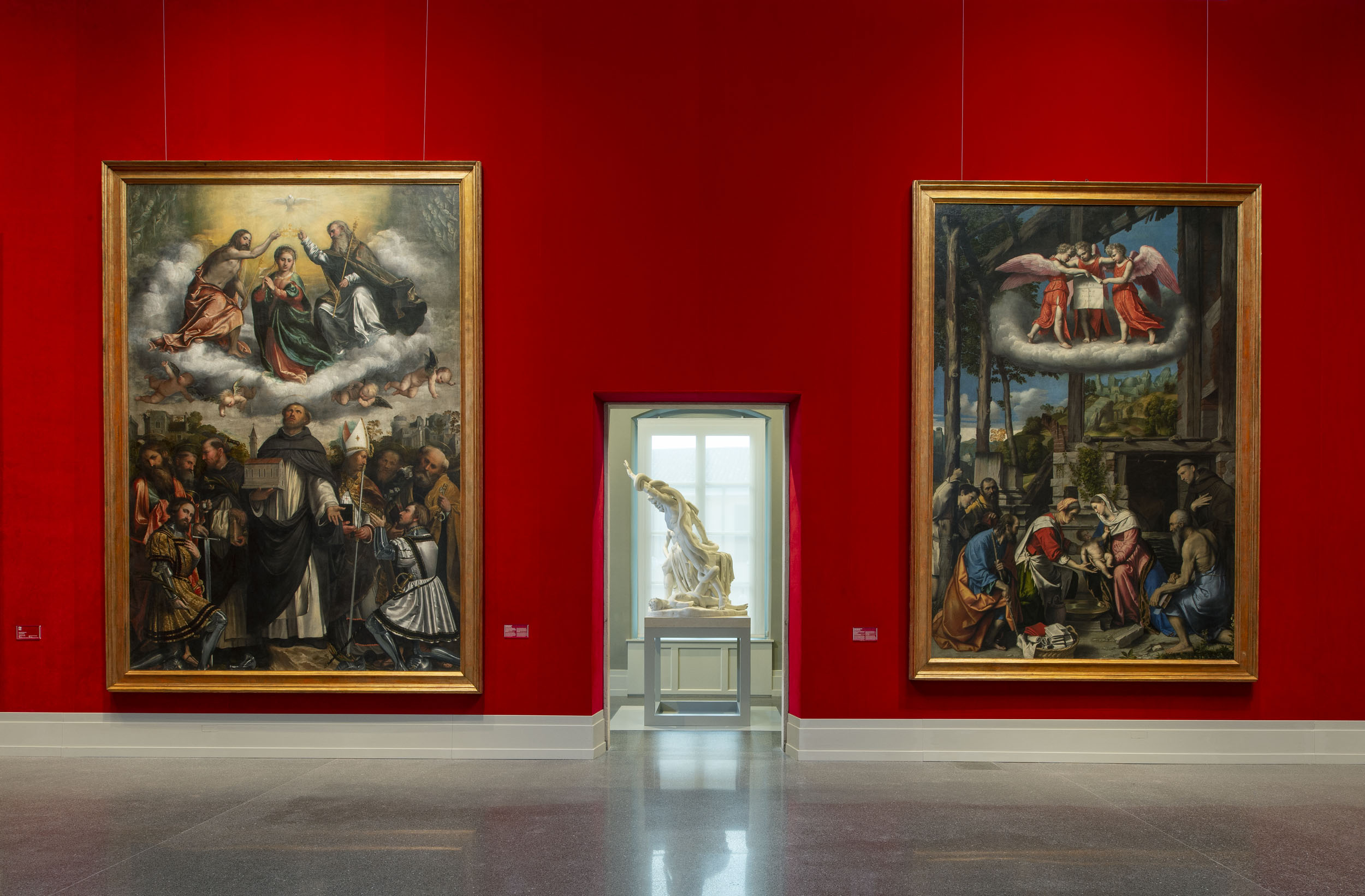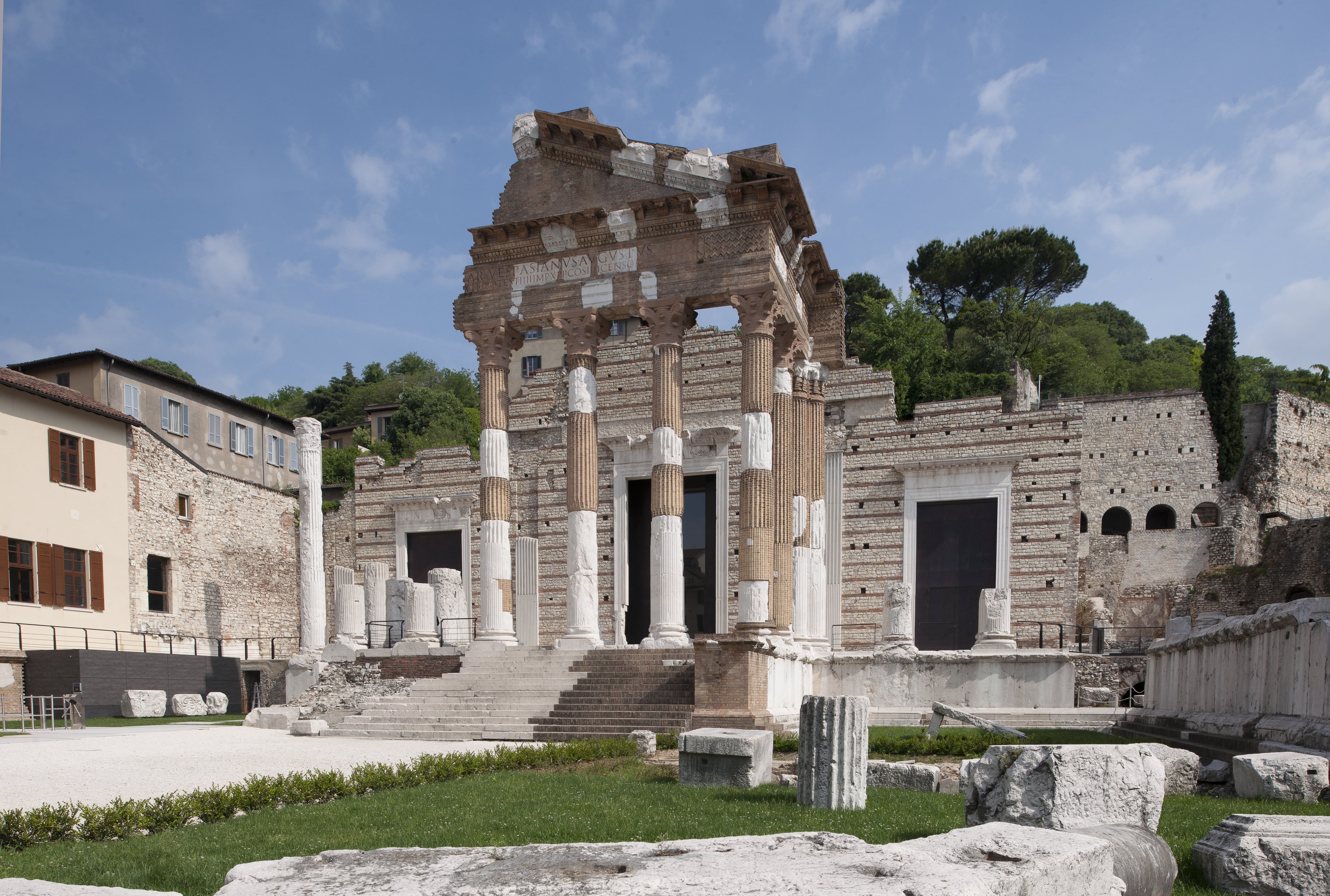
Brescia Musei
History and ArtTourist guide in Brescia
BRESCIA CASTLE
Standing beautifully on the Cidneo hill, Brescia Castle is one of the most fascinating fortified complexes in Europe, where the signs of the various dominations that have marked its history can still be read. Not only an imposing testimony to the past, but also a symbol dear to the people of Brescia, who recognize it as an emblem of their city. A must-see destination for anyone visiting Brescia, the Castle is easily accessible from the center, either on foot or by car. A place rich in history and charm, it knows how to captivate anyone who sets foot there. The first human habitation on the hill dates back to the Bronze Age, but it was the Romans who included it in the city walls. Worth seeing are the towers, the Strada del soccorso, and the Mirabella Tower at the top of the castle. In the Mastio there is the Weapons Museum, with more than a thousand historical pieces, and the foundations of an ancient Roman temple.
SANTA GIULIA MUSEUM
A journey through the history and art of Brescia, from prehistory to the present. The Brescia Musei Foundation organizes exhibitions and cultural activities to enhance the treasures it manages by contributing to artistic and cultural production in the fields of cultural heritage and cinema. Santa Giulia left a deep imprint in our city and in our books in fact it was mentioned by Alessandro Manzoni in the last pages of the tragedy Adelchi, in which Ermengarda, Desiderio's daughter and repudiated by Charlemagne, dies under a linden tree in the Santa Giulia cloisters. Opened to the public in 1998, the museum was declared a UNESCO World Heritage Site in 2011.
TOSIO MARTINENGO ART GALLERY
Completely renovated in 2018, the Pinacoteca at Palazzo Martinengo da Barco houses a valuable art collection. It begins in the 14th century and includes paintings and decorative art objects. Among the most famous works are Raffaello's Angel and the Redeemer and Lorenzo Lotto's Adoration of the Pastors. The heart of the collection is Brescian Renaissance painting, with artists such as Savoldo, Romanino, and Moretto. The museum is organized into 21 rooms that offer a complete view of the history and evolution of the collections, from the late Gothic period to the early 19th century.










